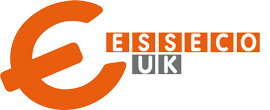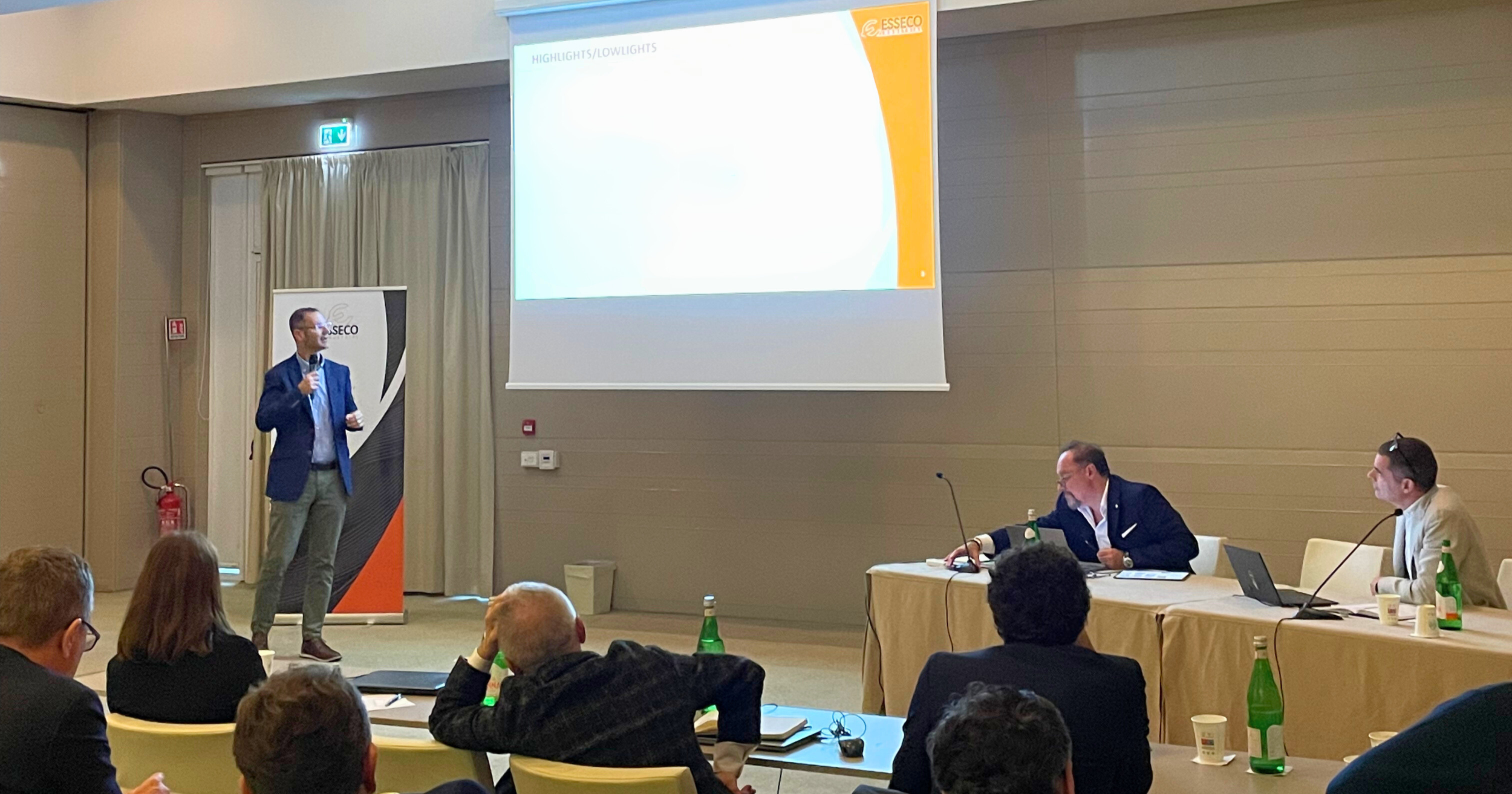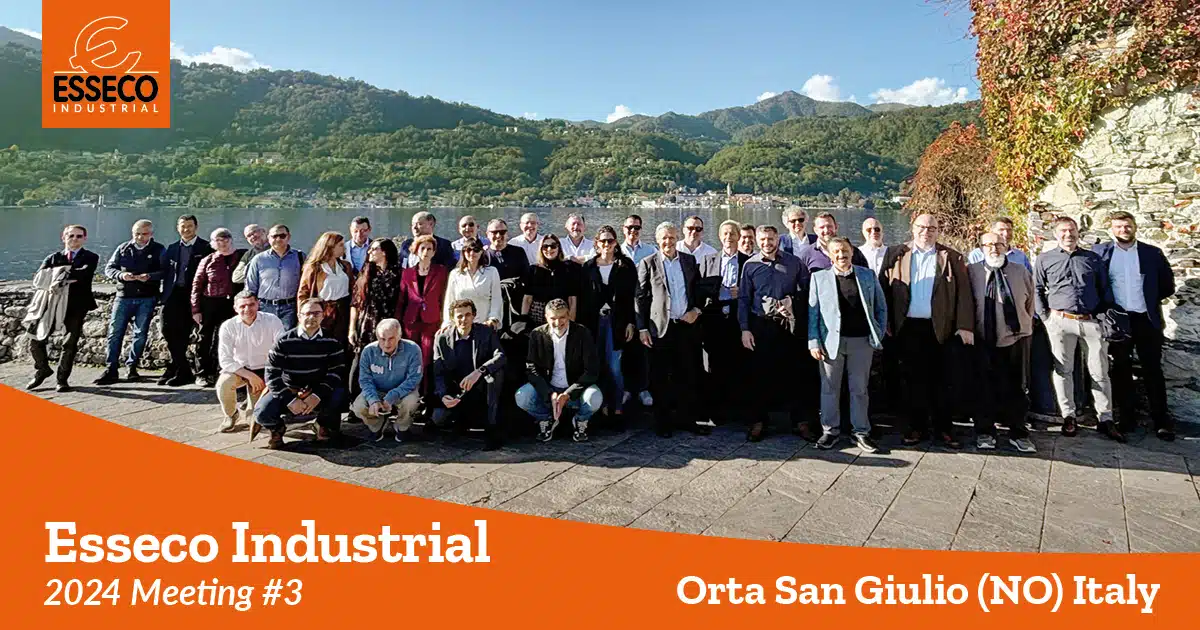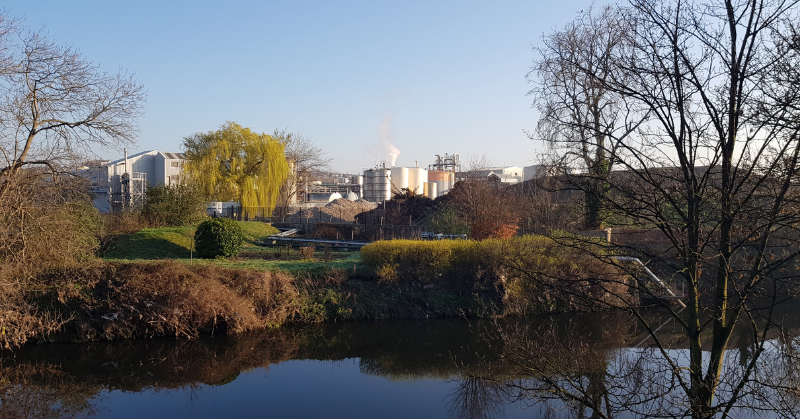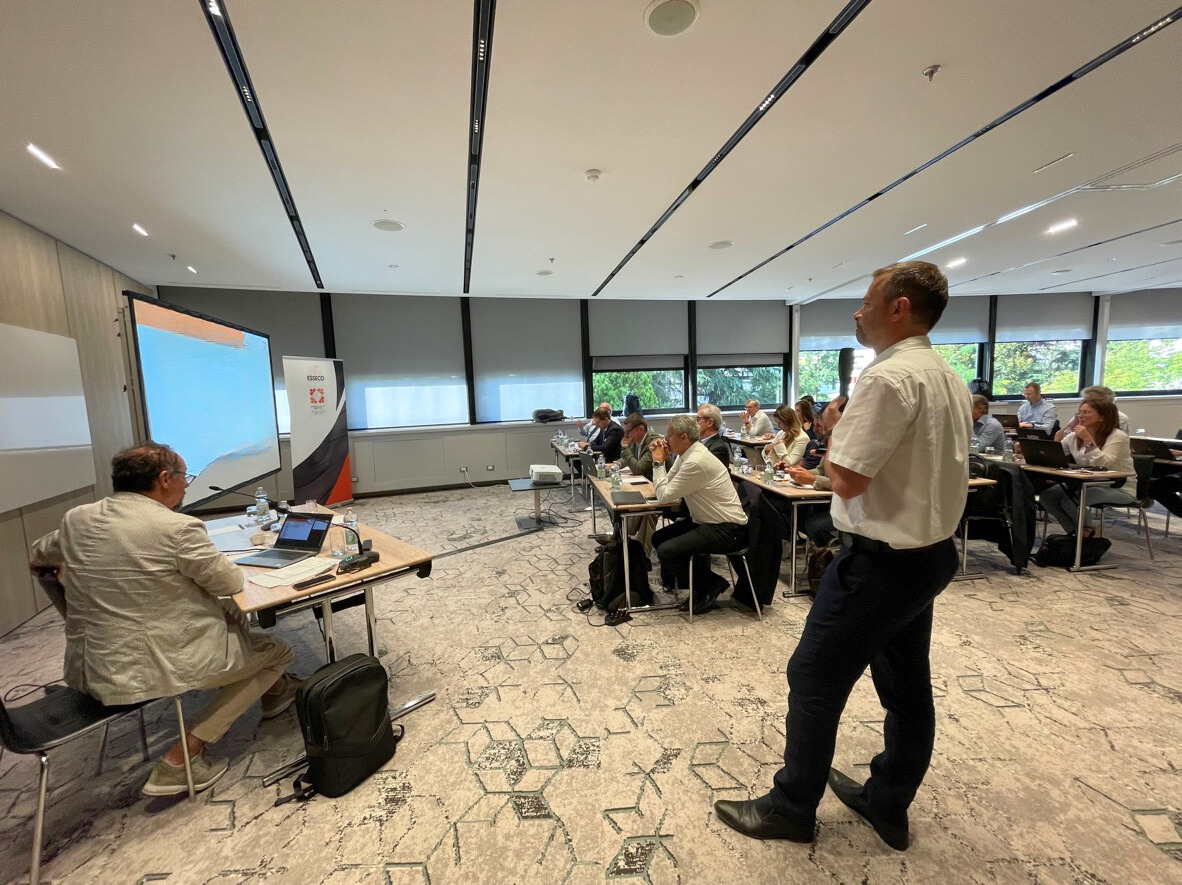
Esseco Industrial held its quarterly meeting in Milan last 27 and 28 July: the meeting was attended by managers and directors from across the Group. During two days of intense work, worldwide EI’s manufacturing companies illustrated and discussed the mid-year results and prospects for the coming months.
Roberto Vagheggi, in his opening speech, summarised some of the most salient facts that affected Esseco Industrial in the first part of 2023.
By reminding the merger of Zolfindustria into Esseco Industrial, Roberto Vagheggi has formalised the new administrative-financial organisation of the two parent companies: Tania Francioli will be the new Chief Financial Officer of Esseco Industrial, and Marco Vanni will take on the responsibility of Chief Financial Officer of Altair Chemicals. These organisational changes will occur with the upcoming merger of Hydrochem Italia into Altair Chimica, which led to the union of the Customer Services of Altair Chimica and Hydrochem Italia.
As regards Esseco, based in Trecate, the reorganisation, which has now been underway for almost two years, continues following the appointment of engineer Giuseppe Falsiroli as Managing Director: this reorganisation concerned, among other things, the unification of Administration, Finance and Control functions; the restructuring of Purchasing, with the consolidation of Technical Purchasing and Raw Materials; the creation of a Supply Chain function, including Customer Service and Logistics, which also allowed for more effective management of warehouse stocks and planning functions; plant improvements that have led to increases in overall production capacity; a reorganization and re-focusing of the national and international commercial structure, still in progress.
Coming to Addcon, the German branch faced the change of Managing Director at the beginning of the year with the appointment of Luca Mantovani. At the same time separating the Norwegian branch into Esseco Nordic was started, appointing Per Ove Jakobsen as Managing Director. Addcon is working on various projects to reduce and optimise costs, improve production capacity and performance, and re-orientate the market approach strategy for the next few years.
In Esseco UK, the new Managing Director Ruggero Pellegrin, has recently replaced Luca Mantovani. A new industrial plan and a strengthening of the organisation, including key professional figures, are the first challenges for the new MD of the company. A new strategic program is also underway to expand Esseco UK’s fields of action and better focus on the excellent potentialities of this strategic country.
A new business plan was also launched in Esseco do Brasil, which provides for evaluating potential acquisitions, again under the guidance of Eder Ferraris as Managing Director. For the development of human resources, the search for new talent continues, which will be necessary to manage new growth projects.
In Altair Iberica, the analysis of new businesses necessary to support growth also in this market continues under the leadership of the Country Manager, David Colella.
Regarding corporate projects impacting all branches, EI launched the ESG project, making rapid progress. This project aims to face and overcome the significant challenges associated with Economic, Social, and Governance sustainability. At the same time, the transition continues, progressive but rapid, towards renewable energies (which already represent over two-thirds of all consumption), and new projects to reduce harmful emissions into the atmosphere see the light, with activities in an advanced stage both in Italy, in Pieve Vergonte, in Trecate and Saline di Volterra, and the UK.
From an Information Systems point of view, the projects related to Customer Relationship Management (CRM), Business Intelligence (BI), and the adoption of a single Enterprise Resource Planning tool (ERP), the latter project being one of the most ambitious, continue at a rapid pace common to all branches.
During the meeting, the attendees analysed each branch’s economic and financial results and prospects for the year’s second half. The first half of the year has brought excellent results, measurable in about three times those of the same period of 2021. Comparison with 2022 remains challenging, given the extraordinary nature of this period (2022 was an utterly atypical year due to the energy shock linked to the war in Ukraine). The weak market demand, however, is expected to have a negative impact on the coming months, with potentially lower results than those of the first half.
